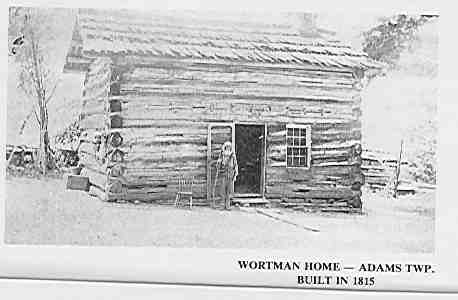
In December of 1833, Thomas W. Sunman the son of John Sunman, Sr.wrote to his brother John in Cincinnati, "I hear there is more Dutch in these parts, tho' some that are here are already discouraged having spent his money in land, has no friends or any thing to live on."In January of 1837, Mr. Sunman wrote that he was buying land at sales in competition with German immigrants.
Many of the German settlers of the 30s also came from Baden in southern Germany and from Alsace, then in western France. Others came from Bavaria Palatinate (or Rhein Pfalz), Hesse Darmstadt, Wuerttemberg, and Switzerland. Once again the crops in the grape-growing regions of southern Germany had failed. The years 1830 and 1831 were also marked by cholera, political upheaval and turmoil throughout Europe.
The southern German immigrants were mostly small farmers whose lands had been divided and subdivided through divisible inheritances. They were people who had some possessions,but they were afraid of losing what little they had.
This time, once the immigration began, it did not stop. The successful immigrants wrote home in the words of German poet Goethe, "Amerika du hast es besser!" These immgrants to the southeastern Indiana from southern Germany were primarily, but not exclusively, Catholics.
A small community of Catholics from Grosswallstadt in northwestern Bavaria (between Frankfurt and Wuerzburg) settled around St. Peter in 1833. German Settlement from Alsace occured around Yorkville where Mass was first celebrated in 1833, around New Alsace where a Catholic Church was established in 1833, and around Hubbles Corner where a Lutheran Church was also established in the year 1833.
